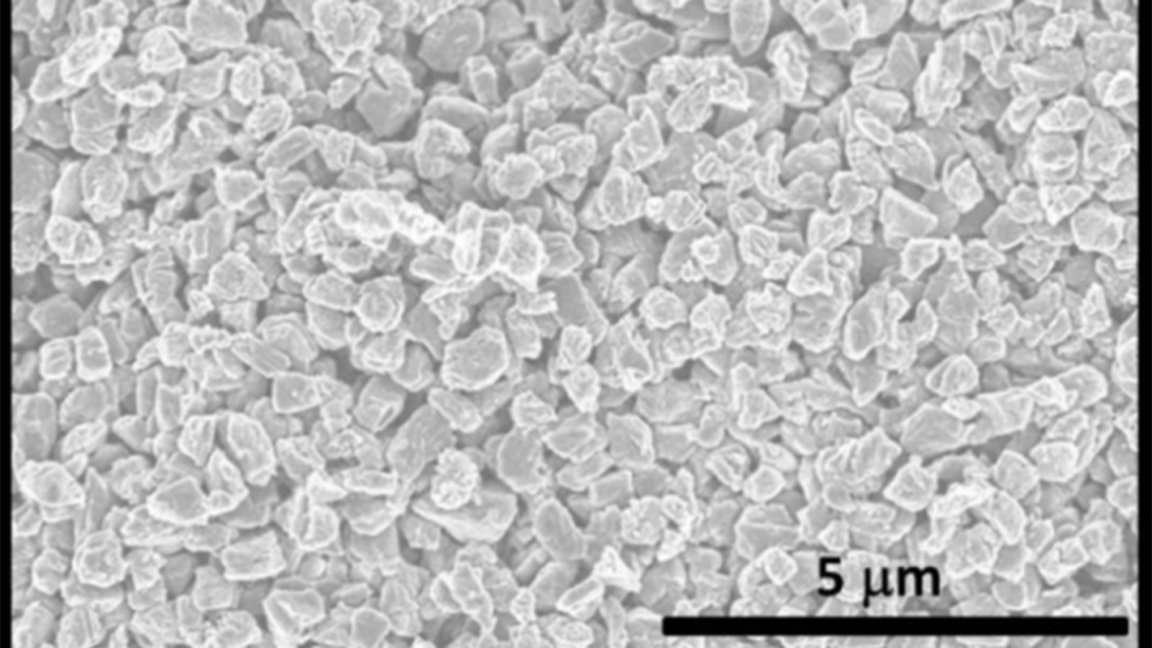
New Solid Carbon
Scientists from North Carolina State University have discovered Q-carbon, a new phase of solid carbon, which they have used to make diamond-related structures at regular temperatures and air pressures.
It is a simply remarkable development, as diamond is usually made at excessively high temperature and pressures in the depths of the Earth. Naturally, they are produced somewhere between 140 to 190 kilometers (87 to 118 miles) in the Earth’s mantle. For some time, we have been able to produce them in labs, but the conditions still needed to be somewhat extreme.
This new development helps to change that.
In the press release, lead author Jay Narayan says, “We’ve now created a third solid phase of carbon. The only place it may be found in the natural world would be possibly in the core of some planets.”
If you are wondering, Q-carbon is ferromagnet, a trait that other solid forms of carbon to not have. In ferromagnetic materials, there are domains in which the magnetic fields of the individual atoms align, but the orientation of the magnetic fields of the domains is random. Ultimately, this gives rise to no net magnetic field. However, when an external magnetic field is applied to them, the magnetic fields of the individual domains tend to line up in the direction of this external field. And this causes the external magnetic field to be enhanced
Notably, Q-carbon is harder than diamond. Narayan says, “Q-carbon’s strength and low work-function – its willingness to release electrons – make it very promising for developing new electronic display technologies.”
Creating Diamonds
The process of creating Q-carbon starts with coating a substrate, like sapphire, with amorphous carbon that has no regular, well-defined crystalline structure. It is then hit with a laser pulse that lasts about 200 nanoseconds, raising its temperature to 4000 Kelvin (3727 degrees Celsius), following by a rapid cooling.
This results in a film of Q-carbon that measures between 20 and 500 nanometers thick.
Narayan explains that this has many, many applications. He notes that scientists can then “create diamond nanoneedles or microneedles, nanodots, or large-area diamond films, with applications for drug delivery, industrial processes and for creating high-temperature switches and power electronics.”
He goes on to note how the structure of this material is unique and (relatively) easily made: “These diamond objects have a single-crystalline structure, making them stronger than polycrystalline materials. And it is all done at room temperature and at ambient atmosphere – we’re basically using a laser like the ones used for laser eye surgery. So, not only does this allow us to develop new applications, but the process itself is relatively inexpensive.”
I wouldn’t expect to have a Q-carbon wedding ring anytime soon, but if you ask me, the potential uses of this material are far more exciting than a simple ring.